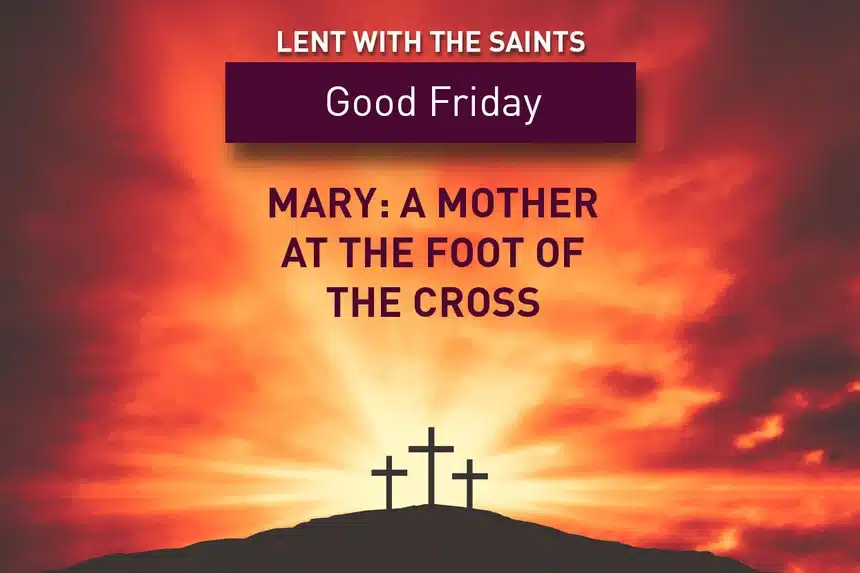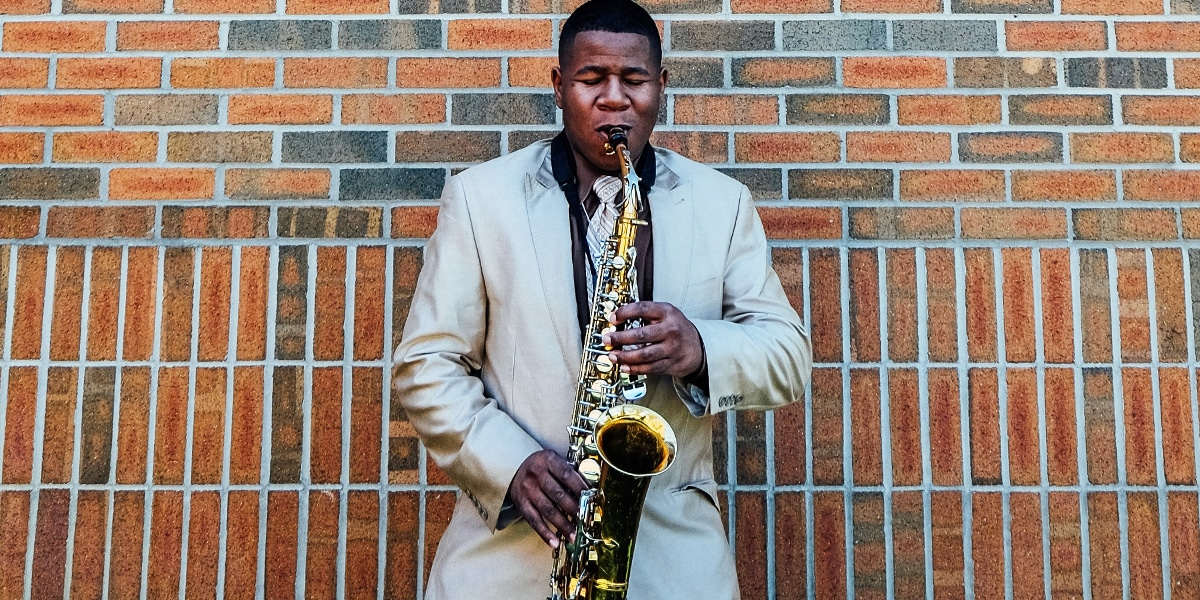Isaiah 52:13—53:12; Psalm 31:2, 6, 12–13, 15–16, 17, 25; Hebrews 4:14–16;5:7–9; John 18:1—19:42
“No mother should bear the death of her son.” I heard that sentiment expressed in my family as a teenager, when my favorite uncle died of cancer in his forties. My grandmother was never the same afterward. The Stations of the Cross capture similar feelings, at the fourteenth station, popularly known as the Pietà. It is a scene full of grief, a mother holding the lifeless body of her son.
John’s Passion story, read on Good Friday, depicts Mary at the foot of the cross. Standing next to the disciple whom Jesus loved, Mary hears Jesus say, “Woman, here is your son.” And to the Beloved Disciple he says, “Here is your mother” (John 19:26–27). In human terms, this is a tender moment of a dying son entrusting his mother to a friend’s care. But the fourth Gospel emphasizes Jesus’ triumph on the cross, a moment of glory. It is not a tragic scene of suffering mother and son. With this exchange, Mary is symbolically transformed. Where once she gave physical life to Jesus at his birth, she now symbolizes the church, which gives us the life of Jesus.
When the soldier pierces Jesus’ side with the spear, blood and water flow out. The Church, present at the cross, receives the life of the sacraments from Jesus, just as he has “handed over his spirit.” Mary fulfills her role as the “Virgin made Church,” as she is called in one of the prayers of St. Francis of Assisi. As she gave birth to the Savior, she is now present at the birth of the Church from the cross.
Today’s Action
Pray the sorrowful mysteries of the rosary today.
Prayer
Jesus, we stand with Mary at the foot of your cross.
Entrust us to her care. May she ever lead us to you in the heart of the church.
Amen.








